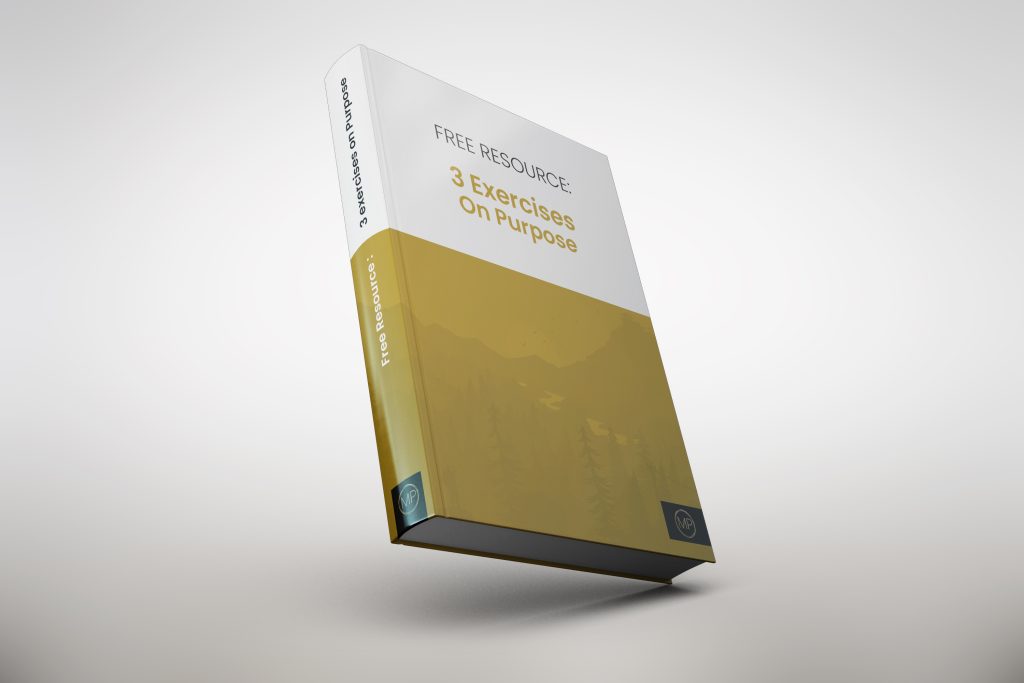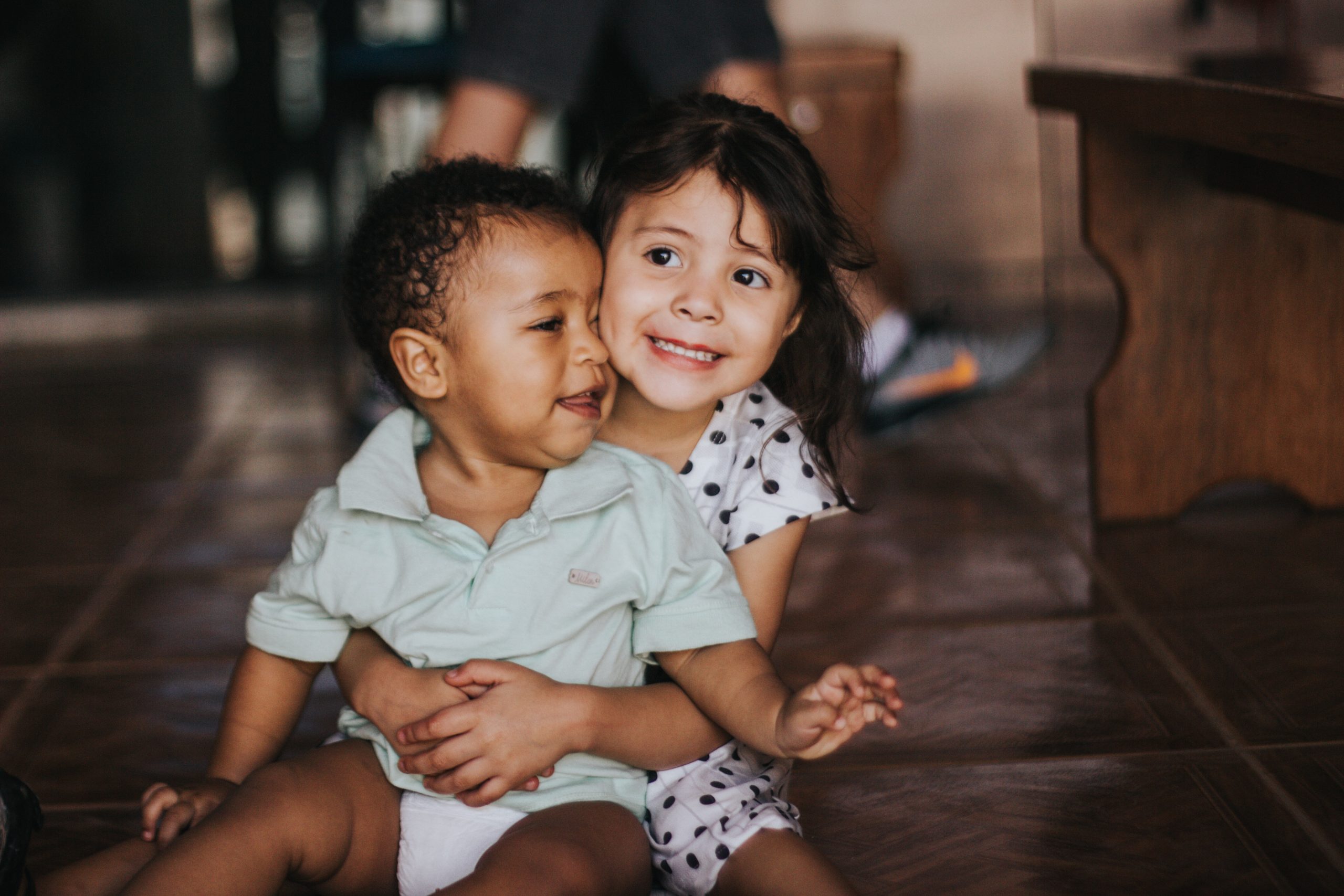Written by Laura Granada and narrated by Aria Edwards
If you’ve ever felt overwhelmed because you can’t stop overthinking, or if your children seem to be anxious and restless, could mindfulness help by giving you all some peace of mind?
Mindfulness is the ability to pay attention to the present experience intentionally, with an attitude of kindness and openness instead of judgment. It has shown to be beneficial for our mental, physical, and emotional health, and to help us enjoy better and more meaningful relationships.
Why do we experience mind-wandering?
We are living in a fast-paced culture, constantly bombarded by several stimuli that make us prone to distraction, worrying, rumination, and discontent. All these factors could contribute to the constant mind-wandering we experience, but is it only an issue related to our technology-driven world and the hustle culture? Probably not.
To explore this topic further, we need to discuss the Default Mode Network. This brain network would be the equivalent of the autopilot mode, activated when we aren’t performing a specific task, but rather ‘resting’ or daydreaming. This network is mostly related to the inner discourse, rumination, remembrance and thinking about the future. Whenever you are thinking about yourself and your life events, this network might be activated.
Does it mean that the Default Mode Network is somehow detrimental to our health? Not exactly. It has its place and function in our daily life. The problem arises when we are constantly dwelling in rumination, we can’t stop overthinking, we feed our worries and feel disconnected from reality.
When we practice Mindfulness, we are able to disengage from this network and can operate merely in a being-mode, actually living the experience, without thinking about it or our life history. This is how we can gain some peace of mind, because we break the cycle of negative thoughts.
Children are usually the best teachers in the area of present-moment awareness because they can become fully absorbed by the experience while using their senses. They can be fully immersed in an activity such as swimming, drawing, playing with a pet, or watching the shapes of the clouds.
But over the past few decades, with the rise of a more sedentary lifestyle and the extensive use of technology, children can become much more easily distracted. Besides, they could have difficulty modulating their emotions, experience anxiety and get caught in cycles of rumination.
Therefore, mindfulness could also help them feel more grounded in order to let go of unnecessary overthinking.
Tips to stop overthinking
- Normalize experiencing thoughts and let go of the idea that Mindfulness is the equivalent of a clear mind, without any thoughts or that it must only harbor positive thoughts. The nature of the mind is to experience thoughts and it’s perfectly normal if your mind wanders.
- Foster an attitude of gentleness and openness: Whenever you experience a thought that is not entirely pleasant, offer yourself the possibility of observing it without getting attached to it or rejecting it immediately. When we don’t let difficult thoughts define who we are, we promote a more positive mindset in the long-term.
- Incorporate into your routine and your family’s routine activities of Mindfulness, during which you set aside any external distractions and devote your full energy and attention to the chosen activity.
Fostering a positive mindset through Mindfulness
- When we understand that nothing is permanent, the reality of impermanence allows us to let go more easily of intrusive and negative thoughts and unpleasant emotions. These are temporary and we can find comfort in this fact and accept them while they last without so much resistance.
- Savor the pleasant experiences and feel truly embedded in them. It could be something very simple, like sipping a cup of tea, lighting a candle and watching the flame dance or listening to your favorite music. No matter what you choose to do, either on your own or with your family, experience it with full awareness, as if it were the first time. Welcome a beginner’s mind to the table and allow yourself to be amazed by how different the experience could be.
- Intentionally water the seeds of goodness, kindness, and compassion towards yourself, your experience, and those around you. If you plant positive mindset seeds and nurture them, they will bear fruit.
How could children benefit from Mindfulness practice?
Mindfulness can help children improve their ability to focus, better understand their emotions, and learn to modulate them more effectively. In combination with the practice of compassion, it can make them more resilient and kinder towards themselves and everybody else.
When they learn to observe their minds and emotions, they develop skills to foster peace of mind and these resources are crucial for their well-being, both as kids and as future adults.
Practicing Mindfulness with your kids
Some easy tips to start practicing Mindfulness are:
- Go for a mindful walk and practice the 5 4 3 2 1 technique. Start by naming 5 things you can watch, like the clouds, the trees, the birds; name 4 things you can feel, such as the wind, the sun, or contact with your clothes; then, name 3 things you can hear, like the tweet of a bird; afterwards, 2 things you can can smell, such as the scent of a flower; finally, one things you can taste.
- Practice the shake and stay still Mindfulness practice: Shake your arms, legs and entire body for about 20 seconds and then lay on the floor and stay still for 1 minute, focusing on your breath. To make it easier for your kids, you can put a paper sheet on top of their bellies, so they can perceive the rising and falling of their abdomen.
These are just a few ideas, so you can incorporate Mindfulness moments into your family life and hopefully gain some peace of mind with some regular practice. Don’t forget that the skills that empower our children to be happy and at peace are an essential part of their education.
Image Reference:
Photo by Chayene Rafaela on Unsplash


